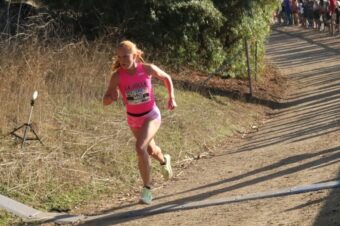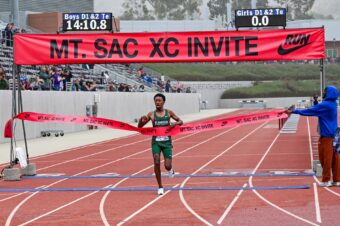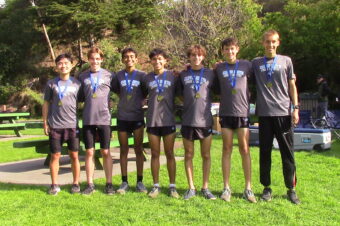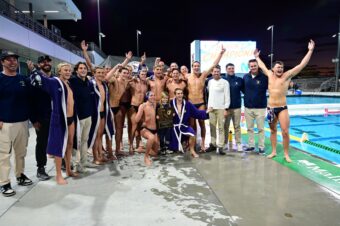TRAINING TIME: Most high school athletes aren’t equipped to benefit from plyometrics
CalHiSports Insights October 23, 2012 SportStars 0
This week I’m going to throw you for a loop and tell you that plyometric training means absolutely NOTHING for a lot of high school athletes.
Why? Let me first give a very simple description of plyometric activity: It’s basically defined as movement that enables a muscle to reach maximum strength in as short time as possible.
Plyometric activity involves three distinct phases:
1. Eccentric (deceleration, preloading) — Think about a basketball player who drives for a slam-dunk. As the player takes the last step toward the basket, the supporting leg must take the full bodyweight and stop the horizontal force of the run up. This loads the leg by rapidly forcing its muscles to stretch and undergo rapid eccentric contraction (Just think of compressing the coils of a strong and stiff spring).
2. Amortization (isometric, pause) — This is the transition from the eccentric to concentric phase of the jump and takes place within hundredths of a second. Elite athletes usually are on the ground for a mere .12 seconds! (How long the spring stays compressed before releasing)
3. Concentric (propulsion) phases — This is the release of the stored energy from the eccentric loading phase. The energy stored in the spring is then released as the athlete leaves the floor.
If the coil is compressed for too long or is not strong, energy is wasted as heat and the power release from the spring is compromised. So to take full advantage of the energy stored and created in the compressed spring, it must compress and release quickly for an explosive jump, which requires a strong stiff spring.
Weak athletes need to have the strength (and rate of force development) to decelerate with control in order to allow for fast eccentric and amortization phases to occur.
I’d estimate that 95% of the young athletes who walk through my door on their first day to train are nowhere near strong enough to derive considerable benefit from advanced progressions of plyometrics.
Sure, young athletes need to learn deceleration and landing mechanics as well as change of direction techniques. But the true progress comes from the resistance training they do in an appropriately progressed program with respect to long-term development.
The fact is many high school athletes (especially females) don’t have the underlying strength to effectively make use of the reactive training that typifies the training presented to them by a lot of trainers and coaches.
These same trainers erroneously start them with advanced levels of plyometrics without truly understanding how ineffective and dangerous it can be. There seems to be no respect or understanding given to assessments, proper strength training and the long-term development of high school athletes.
When athletes are put through inappropriate plyometric programs, or do a lot of jumping and change of directions in their sports, they have somewhat of an injury predisposition.
They aren’t strong enough (relative to their body weight) to get much out of advanced levels of plyometrics, and would benefit more from strength training, bilateral jumping variations, and single-leg low hops with an emphasis on landing with reduced gravity, and eventually progress to a true plyometric program.
The shortcomings of plyometrics occur when coaches and trainers don’t understand how to appropriately assess the current status of the athlete. Problems kick in when this misunderstanding leads to ineffective prescriptions of exercises that are not only ineffective, but also can lead to decreased performance and increased injury potential.
So what does all this mean? Well if your athletes don’t have a decent foundation of strength along with progressive reactive force development training, then jumping right into a plyometric program is a waste of time.
Tim Rudd is an International Youth Conditioning Association specialist in youth conditioning (level 3), speed and agility (level 2), and nutrition specialist (level 1). For more information on anything you read in Training Time, email him at [email protected].
SportStars
SportStars Magazine: High School Sports Articles Online SportStars is your go-to source for the very best high school sports articles in California. Player and team profiles, game coverage, health and fitness tips and the largest Camps, Clinics & Combine resource for athletes. We're the story behind the stats.









No comments so far.
Be first to leave comment below.